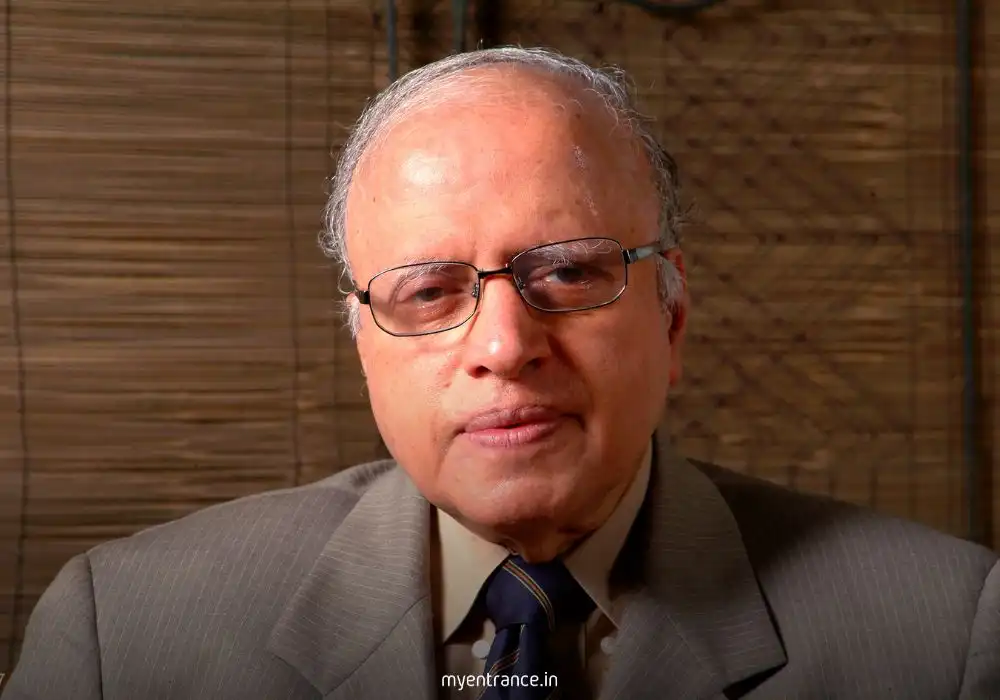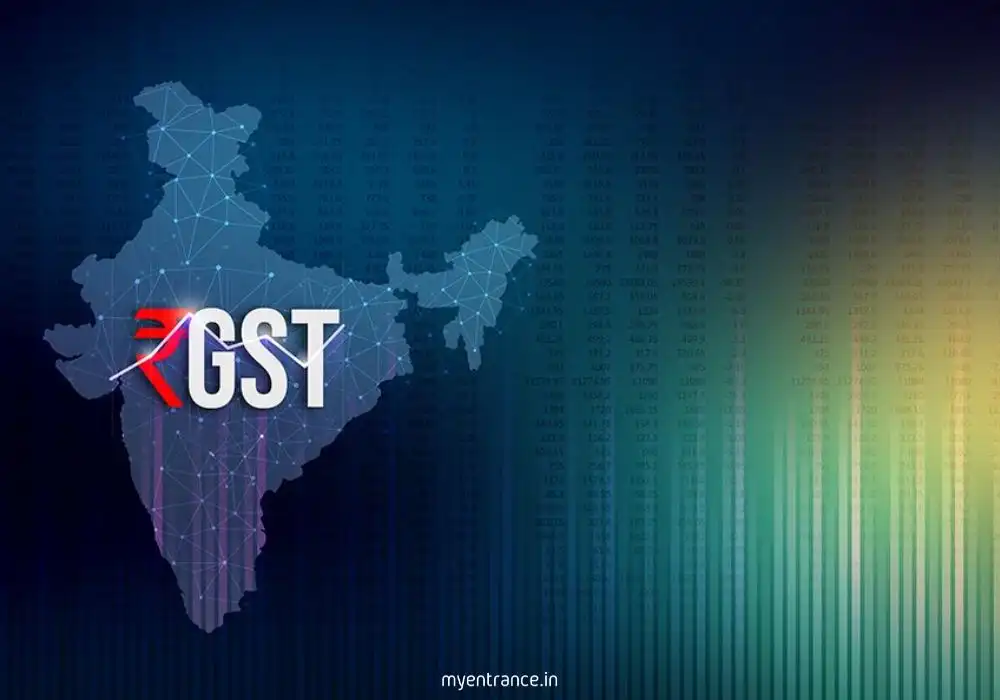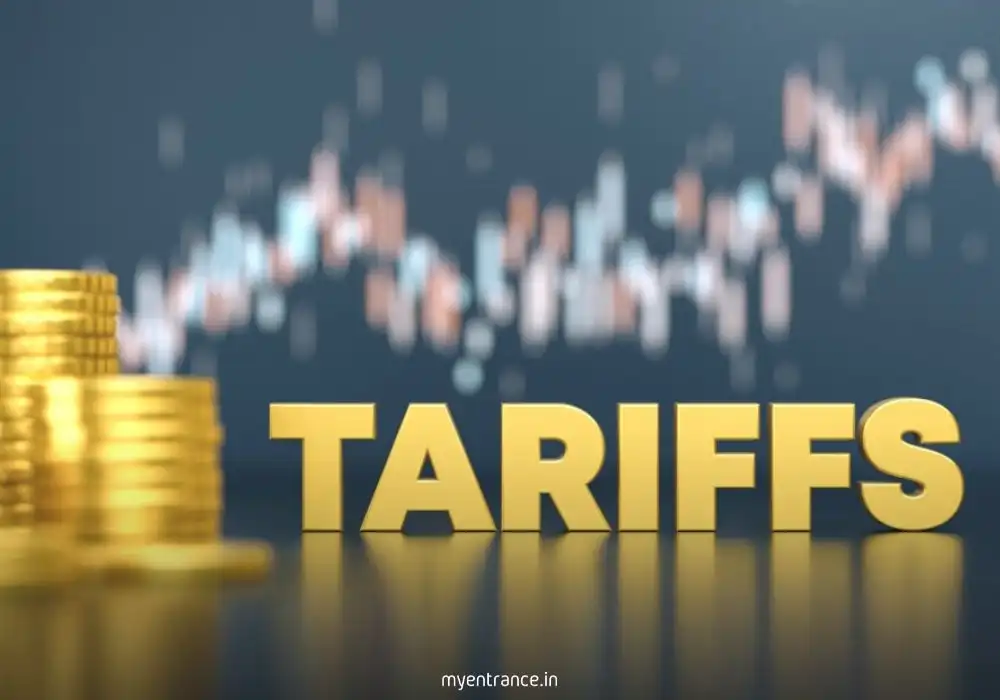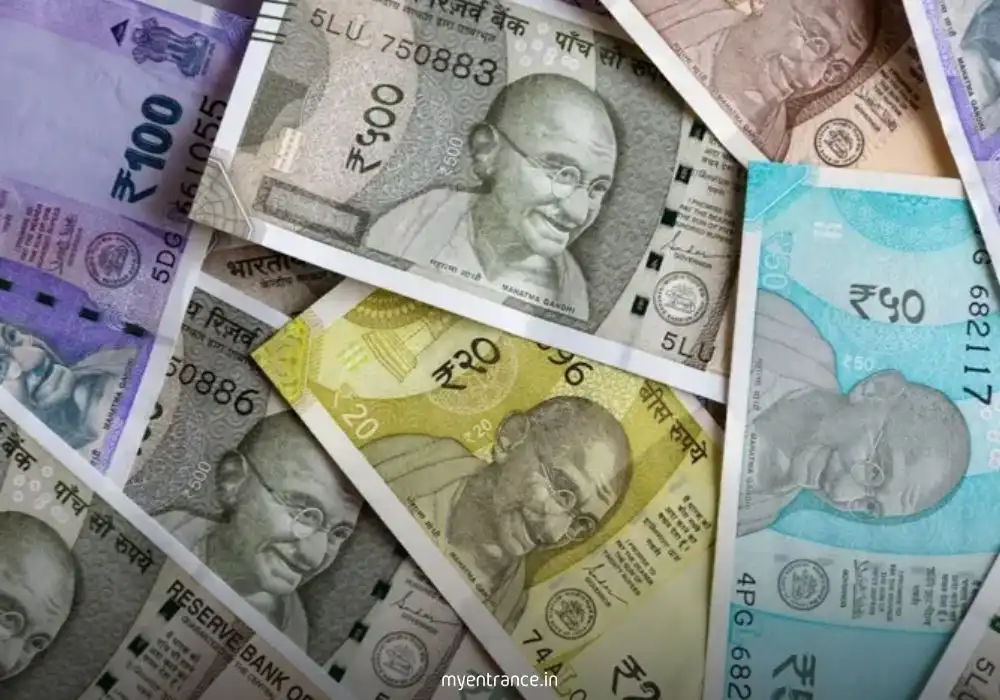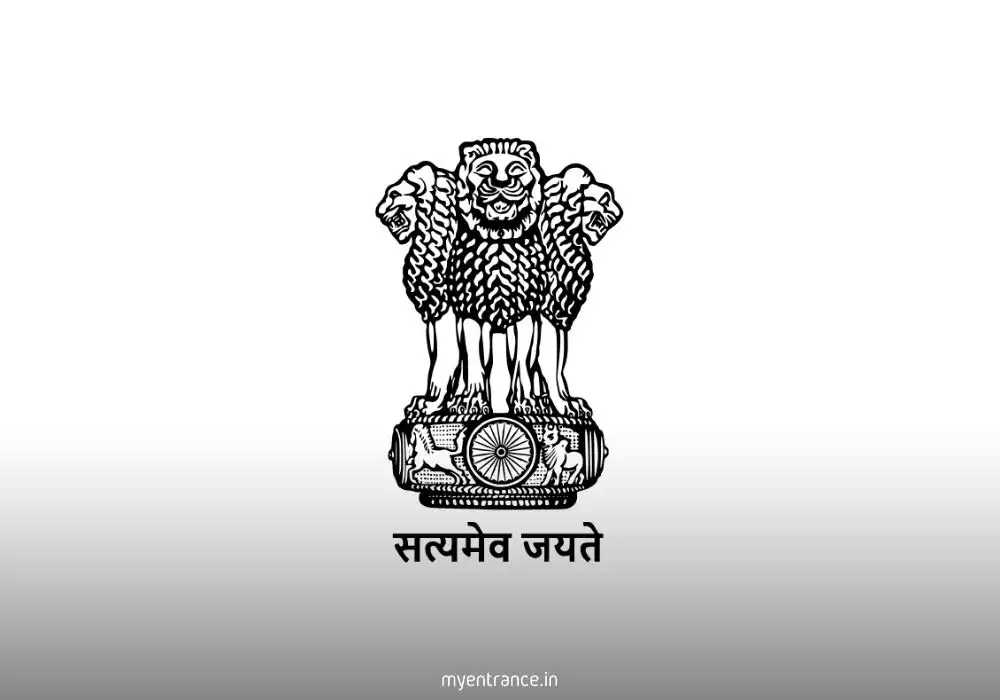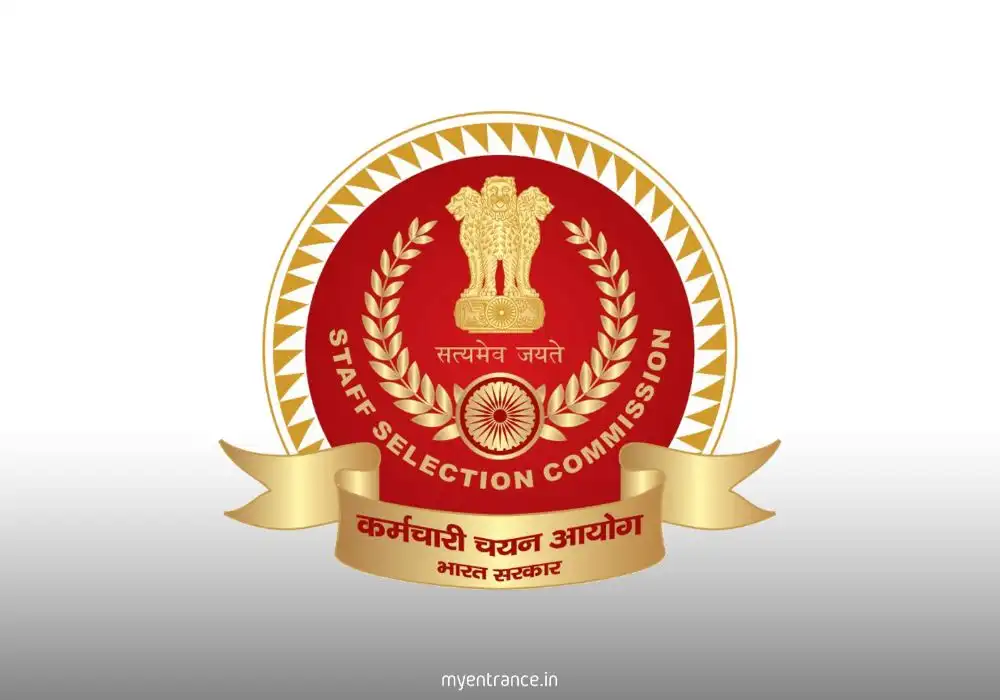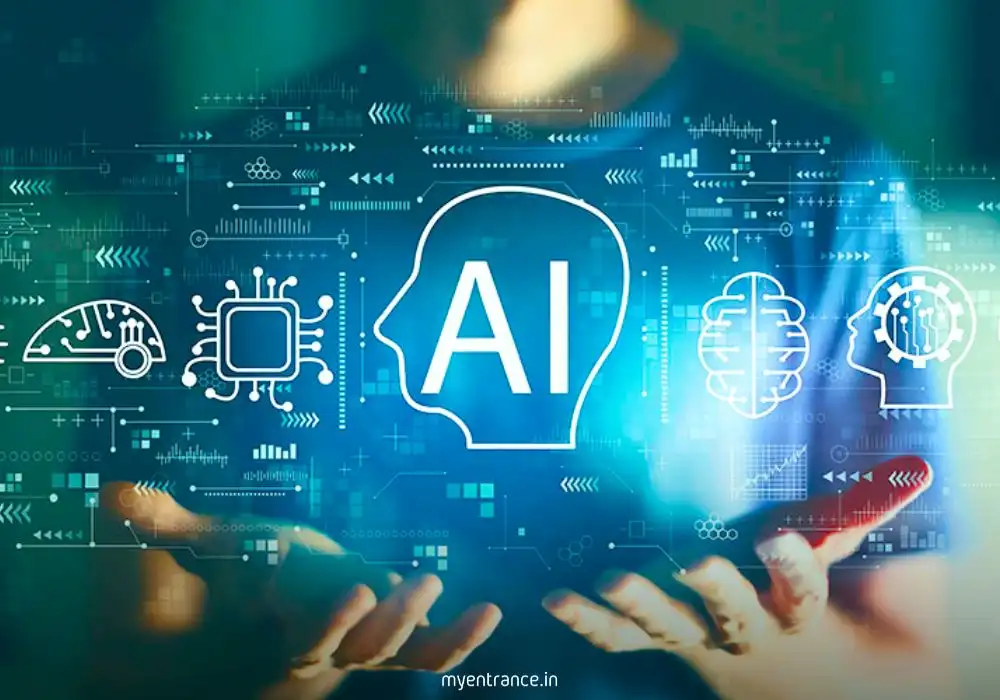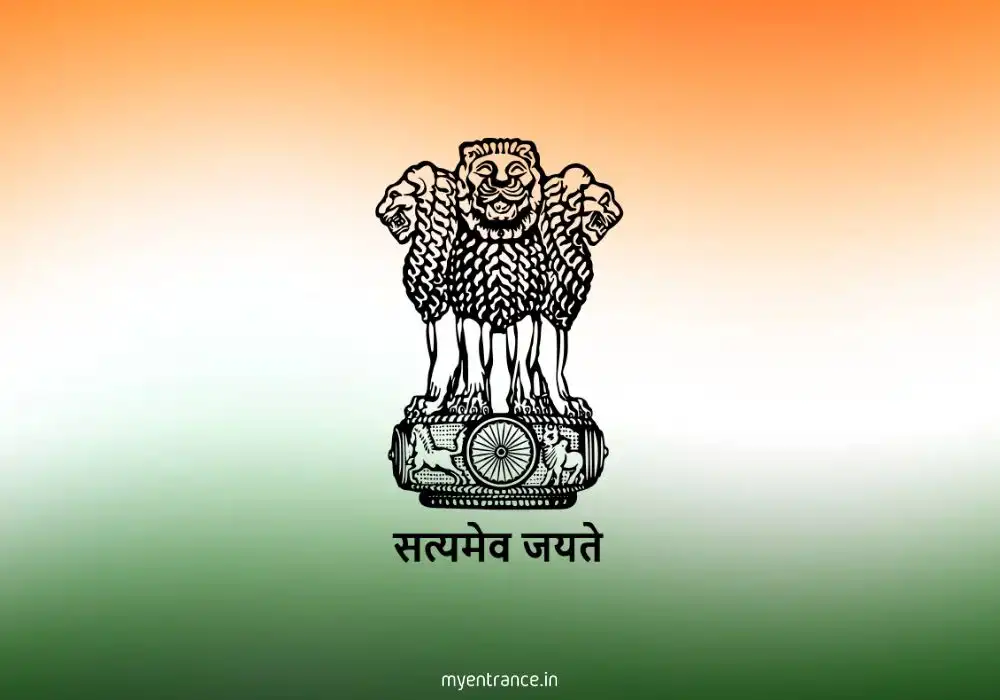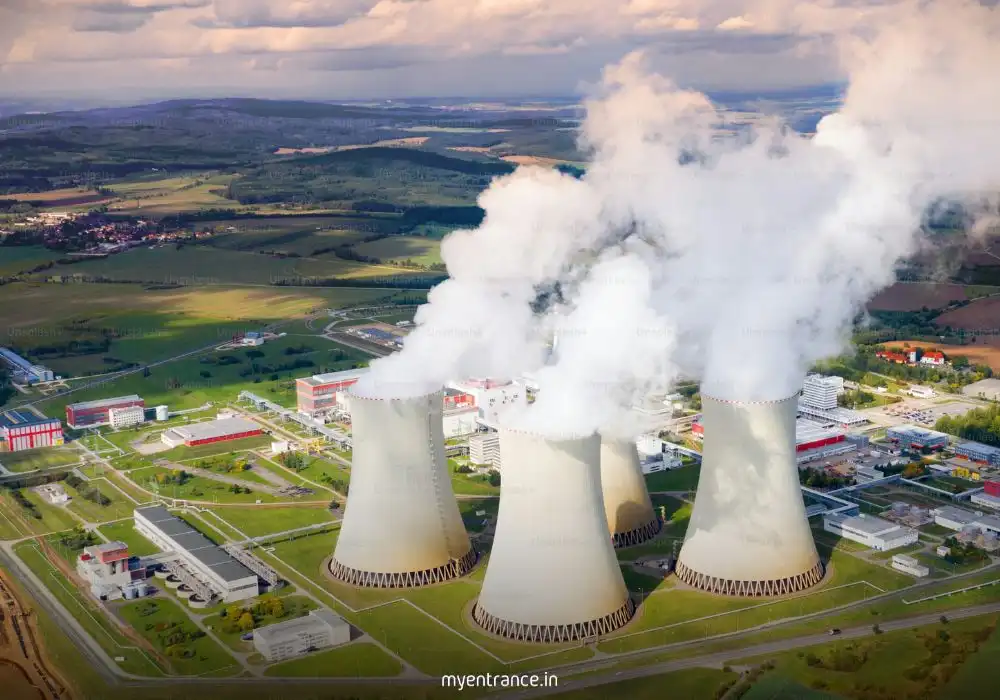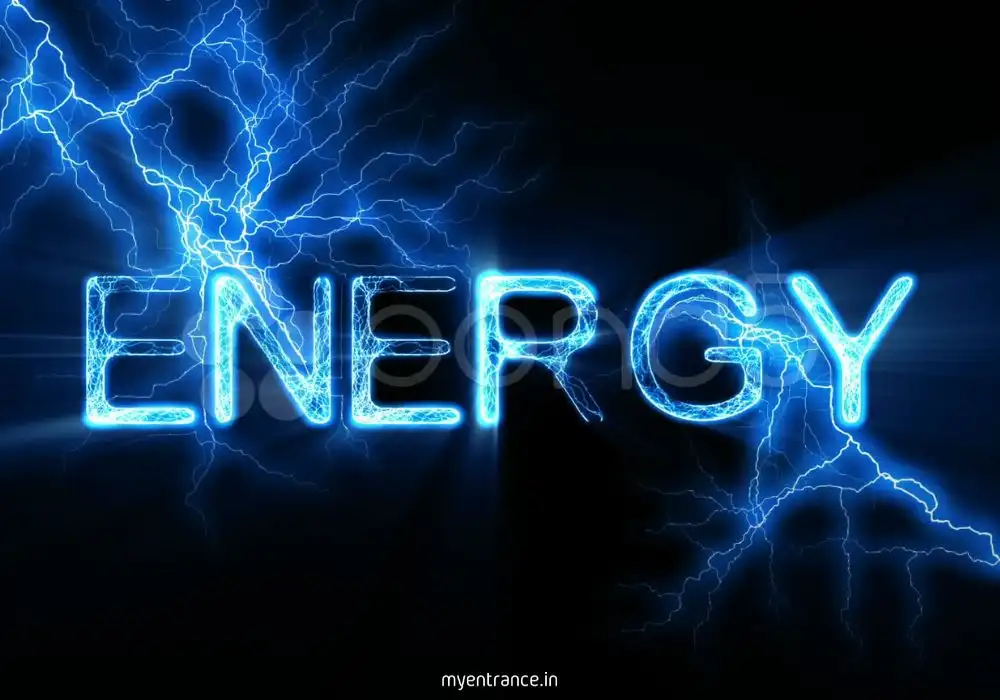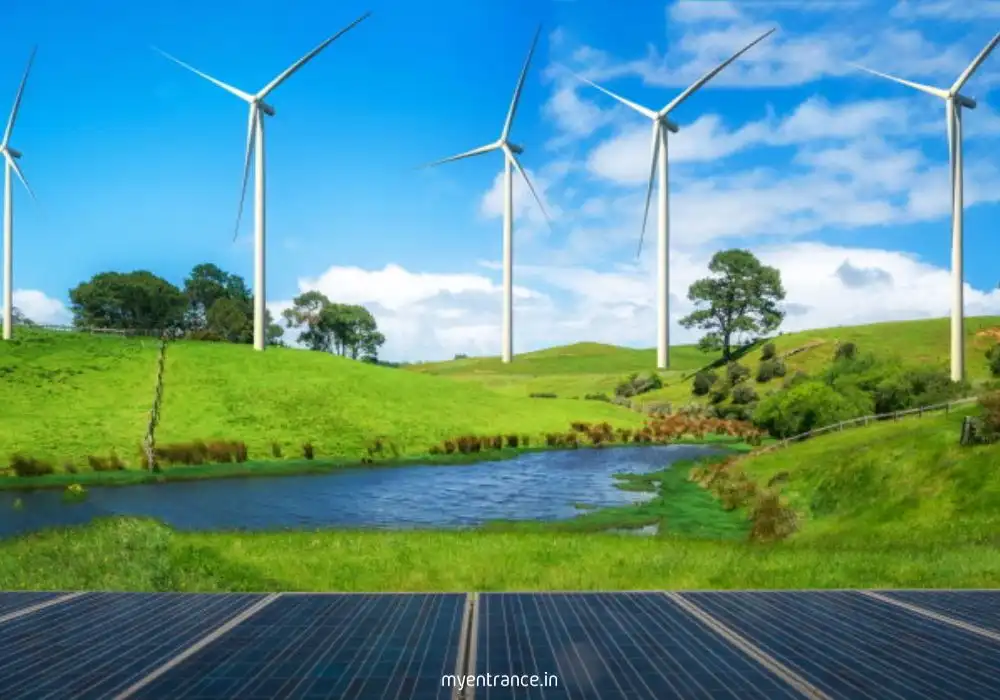Translate Language
Understanding Pollution: Causes, Types, Effects & Solutions for Competitive Exams
Pollution is one of the most critical environmental challenges today, affecting air, water, soil, and overall ecological balance. It arises from human activities like industrialization, urbanization, and waste mismanagement, along with natural events such as volcanic eruptions. Understanding pollution is vital for competitive exam aspirants (UPSC, SSC, PSC, NID, NIFT, KAS, etc.) as it is a recurring topic in current affairs, environmental studies, and general knowledge sections.
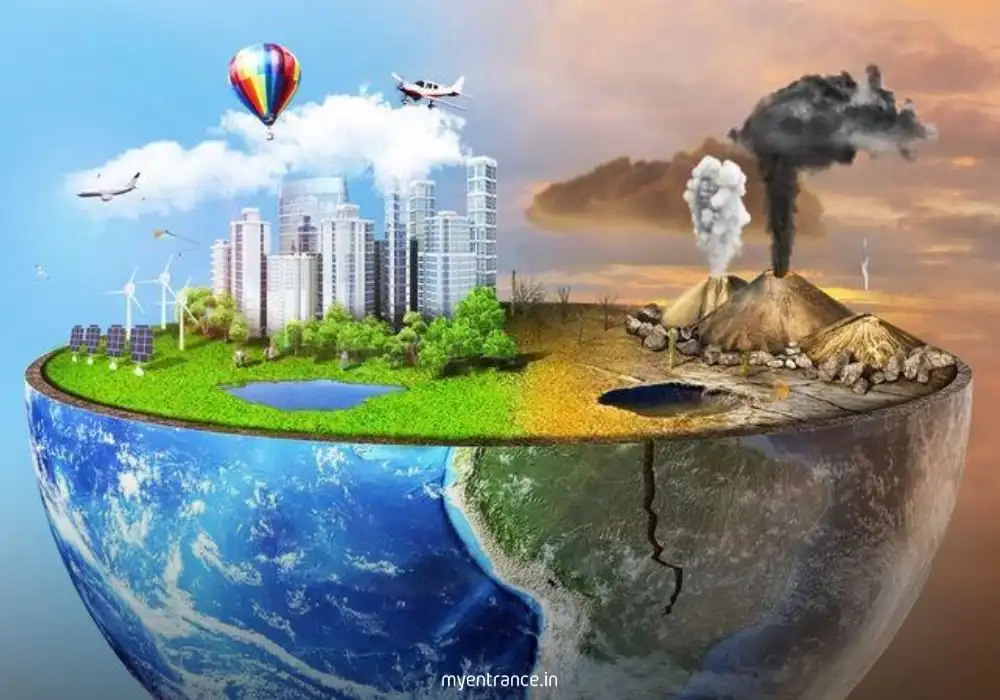
About Pollution
Pollution occurs when harmful substances contaminate the environment, leading to adverse effects on living organisms and ecosystems. While natural disasters contribute to pollution, human activities remain the primary cause. The major types of pollution include:
1. Air Pollution
Caused by emissions from vehicles, industries, and burning fossil fuels.
Major pollutants: PM2.5, PM10, NO₂, SO₂, CO, O₃, and lead.
Health impacts: Respiratory diseases, heart conditions, and premature death (WHO reports ~7 million deaths annually).
2. Water Pollution
Sources: Industrial waste, sewage, oil spills, agricultural runoff (pesticides, fertilizers), and plastic waste.
Effects: Waterborne diseases (cholera, typhoid), marine life destruction, and contaminated drinking water.
UNEP states 80% of wastewater is untreated before discharge, worsening the crisis.
3. Soil Pollution (Land Pollution)
Caused by toxic chemicals, heavy metals, pesticides, and landfill waste.
Reduces soil fertility, harms crops, and contaminates groundwater.
4. Noise Pollution
Sources: Traffic, construction, industrial noise, loudspeakers.
Health risks: Hearing loss, hypertension, sleep disorders, and cognitive issues in children.
5. Thermal Pollution
Occurs when industries release heated water into rivers/lakes, disrupting aquatic life.
Lowers oxygen levels, killing fish and other organisms.
6. Light Pollution
Excessive artificial lighting disrupts nocturnal wildlife and human sleep cycles.
Affects astronomical observations and animal migration.
Major Causes of Pollution
Industrialization: Factories emit toxic gases and chemical waste.
Urbanization: Increased vehicles, construction, and waste generation.
Agriculture: Overuse of pesticides and fertilizers contaminates soil and water.
Deforestation: Reduces natural air and water filtration.
Plastic Waste: Non-biodegradable waste pollutes land and oceans.
Effects of Pollution
Health: Asthma, cancer, heart disease, and neurological disorders.
Environment: Loss of biodiversity, habitat destruction, and climate change.
Economy: High healthcare costs and reduced agricultural productivity.
Solutions to Reduce Pollution
Government Policies: Strict enforcement of Clean Air & Water Acts.
Renewable Energy: Shift to solar, wind, and hydropower.
Waste Management: Promote recycling, composting, and plastic bans.
Public Transport: Reduce vehicle emissions via metro, buses, and cycling.
Eco-Friendly Farming: Use organic fertilizers and crop rotation.
Public Awareness: Educate communities on sustainable living.
Questions for Competitive Exams
Q1: Which pollutant is primarily responsible for respiratory diseases?
✅ Answer: Particulate Matter (PM2.5 and PM10).
Q2: What percentage of wastewater is discharged untreated, as per UNEP?
✅ Answer: Over 80%.
Q3: Name two major sources of water pollution.
✅ Answer: Industrial waste and agricultural runoff.
Q4: How does thermal pollution affect aquatic life?
✅ Answer: It reduces oxygen levels, leading to the death of marine organisms.
Q5: Which policy in India controls air pollution?
✅ Answer: The Air (Prevention and Control of Pollution) Act, 1981.
Conclusion
Pollution is a global crisis requiring urgent action. Governments, industries, and individuals must collaborate to reduce emissions, manage waste, and adopt sustainable practices. For exam aspirants, understanding pollution is crucial for GK, environmental studies, and essay writing.
Stay updated with MyEntrance.in for more current affairs, mock tests, and daily quizzes to ace your competitive exams!
Get 3 Months Free Access for SSC, PSC, NIFT & NID
Boost your exam prep!
Use offer code WELCOME28 to get 3 months free subscription. Start preparing today!
